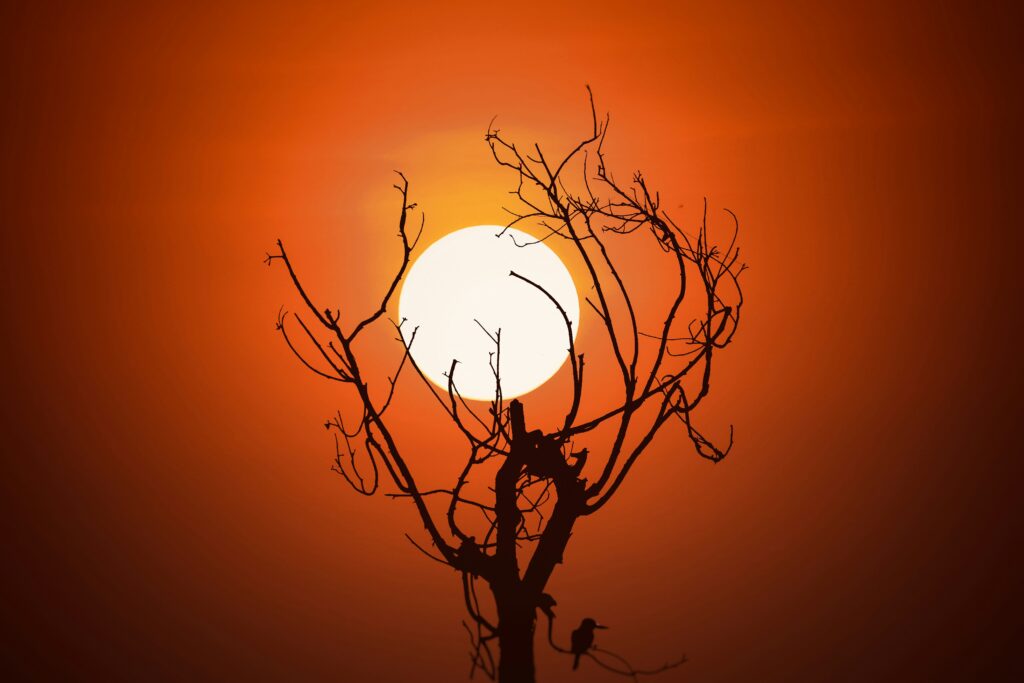Makar Sankranthi






Sankranthi, also known as Makar Sankranti, is one of the most significant festivals in India, celebrated with immense joy and fervor across the country. Observed in mid-January, it marks the transition of the Sun into the zodiac sign of Capricorn (Makara), signaling the onset of longer days and the end of the winter solstice. This celestial phenomenon holds immense agricultural, spiritual, and cultural importance, making Sankranthi a festival of renewal, gratitude, and communal harmony.
The Agricultural and Seasonal Significance:
Sankranthi is essentially a harvest festival that honors the Sun God (Surya) and expresses gratitude for a bountiful harvest. It coincides with the time when the Rabi crops are ready to be harvested, making it a moment of pride and joy for farmers. The festival represents a break from labor-intensive agricultural activities, allowing communities to come together and celebrate the fruits of their hard work.
The day marks the beginning of the month of Magha in the Hindu calendar, heralding prosperity, abundance, and the changing rhythms of nature. The transition of the Sun into Uttarayana (northward movement) is considered highly auspicious, symbolizing spiritual enlightenment and the triumph of light over darkness.
Regional Variations: A Kaleidoscope of Traditions:
Sankranthi is celebrated under different names and with unique customs across India, reflecting the country’s cultural diversity.
Pongal in Tamil Nadu: In Tamil Nadu, the festival is called Pongal and spans four days—Bhogi, Thai Pongal, Mattu Pongal, and Kaanum Pongal. Each day has its distinct rituals, from cleaning and decorating homes to cooking the traditional sweet dish, Pongal, made of rice, milk, and jaggery.
Lohri in Punjab: In Punjab, the night before Sankranthi is celebrated as Lohri, a bonfire festival where people sing and dance around the fire, throwing offerings of sesame seeds, jaggery, and popcorn to seek blessings for prosperity.
Magh Bihu in Assam: In Assam, the festival is called Magh Bihu or Bhogali Bihu, characterized by feasting, community gatherings, and building traditional Meji bonfires.
Uttarayana in Gujarat: In Gujarat, the festival is synonymous with kite flying. The skies are filled with vibrant kites as families compete in friendly duels. Special sweets like til chikki and jalebi are relished during the celebrations.
Makara Sankranthi in Karnataka and Andhra Pradesh: In Karnataka and Andhra Pradesh, families exchange Ellu-Bella (a mixture of sesame seeds, jaggery, coconut, and groundnuts) as a gesture of goodwill and unity. Decorating cows and bulls, traditional dances, and sharing festive meals are integral parts of the festivities.
Rituals and Customs:
The customs of Sankranthi are deeply symbolic and vary across regions, yet they share a common thread of thanksgiving, renewal, and joy.
Puja and Offerings: Devotees wake up early, bathe in holy rivers such as the Ganges, and perform special pujas to honor the Sun God. Offerings of rice, jaggery, and sesame seeds are made, symbolizing gratitude for a successful harvest.
Decorations: Homes are adorned with colorful rangoli patterns, known as kolam in Tamil Nadu, made using rice flour and vibrant colors. The decorations not only enhance the festive spirit but also invite prosperity.
Feasts and Sweets: Food plays a central role in Sankranthi celebrations. Traditional dishes like sweet Pongal, tilgul laddoos (sesame and jaggery sweets), and chakli are prepared and shared with family and friends, symbolizing sweetness in relationships.
Bonfires: In many parts of India, bonfires are lit to signify the destruction of negative energies and the welcoming of new beginnings. These gatherings foster communal bonding and reflect the spirit of togetherness.
Cattle Worship: Particularly in rural areas, cows and bulls are revered for their role in agriculture. They are bathed, decorated with garlands, and fed special treats as a mark of gratitude.
Kite Flying: In Gujarat and Rajasthan, kite flying is a major highlight of the festival. It is not merely a recreational activity but a cultural symbol of freedom and the soaring aspirations of the new season.
Spiritual and Philosophical Dimensions:
Sankranthi is more than a harvest festival; it embodies profound spiritual teachings. The movement of the Sun into Uttarayana signifies a shift towards enlightenment, positivity, and self-discovery. It is believed that those who undertake spiritual practices during this period achieve greater progress.
In Hindu mythology, this day is associated with the legend of Bhishma Pitamah, who chose to leave his mortal body during Uttarayana, ensuring a blessed afterlife. This connection underscores the festival’s spiritual undertone, emphasizing liberation and divine grace.
Community and Cultural Unity:
Sankranthi transcends barriers of caste, creed, and religion, bringing people together in shared joy and gratitude. It fosters a sense of unity, as families, friends, and communities come together to celebrate the bounty of nature. The festival’s emphasis on sharing—be it food, gifts, or good wishes—reinforces the values of compassion, kindness, and harmony.
Sankranthi in Modern Times:
While the essence of Sankranthi remains unchanged, modern celebrations often incorporate new elements. Urban celebrations feature community events, fairs, and cultural performances. Despite changing lifestyles, the festival continues to remind people of their connection to nature and the importance of gratitude and renewal.
Sankranthi is not just a festival; it is a profound cultural expression that encapsulates India’s agrarian roots, spiritual ethos, and communal harmony. It is a time to celebrate abundance, honor tradition, and look forward to new beginnings with hope and gratitude. As the Sun embarks on its northward journey, Sankranthi inspires us to align our lives with the rhythms of nature, nurturing a spirit of joy, renewal, and togetherness.

